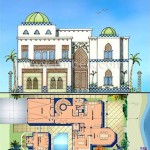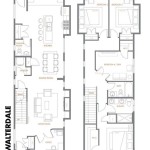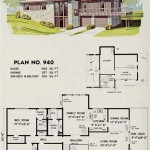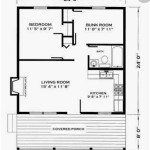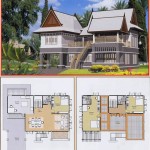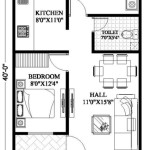Essential Aspects of Housing Development Site Plans
Housing development site plans play a crucial role in the planning and execution of residential projects. They provide a comprehensive overview of the proposed development, addressing various aspects that influence the project's feasibility, functionality, and overall success.
1. Site Analysis and Feasibility
The site analysis phase involves a thorough evaluation of the physical characteristics of the land, such as topography, soil conditions, and access to infrastructure. It also considers factors like zoning regulations, potential environmental impacts, and the project's financial viability.
2. Site Layout and Design
The site layout and design determine the physical organization of the housing units, common areas, and supporting facilities. It involves optimizing the use of space, ensuring proper circulation, and accommodating essential amenities such as parking, playgrounds, and landscaping.
3. Massing and Building Design
Massing refers to the overall form and volume of the buildings within the development. It influences the project's visual impact, sunlight exposure, and wind patterns. The building design includes details about the architectural style, materials, and exterior features of the housing units.
4. Infrastructure and Utilities
Housing development site plans include provisions for essential infrastructure and utilities, such as roads, sidewalks, drainage systems, and water, sewer, and electrical connections. These elements ensure the proper functioning and habitability of the development.
5. Landscaping and Open Space
Landscape design plays a significant role in enhancing the quality of life for residents. It involves planning for green spaces, trees, gardens, and recreational areas that contribute to the development's aesthetic appeal, environmental sustainability, and social interaction.
6. Phasing and Construction Schedule
The site plan outlines the phasing of the development and provides a detailed construction schedule. This information is essential for project management, resource allocation, and coordination among different contractors and stakeholders.
7. Sustainability and Environmental Considerations
Modern housing development site plans emphasize sustainability and environmental protection. They incorporate green building practices, energy-efficient measures, water conservation strategies, and waste management systems to minimize the project's environmental impact.
In conclusion, housing development site plans are comprehensive documents that guide the planning, design, and construction of residential communities. They address essential aspects such as site analysis, layout, building design, infrastructure, landscaping, construction scheduling, and sustainability. By carefully considering these elements, developers can create livable, functional, and sustainable housing developments that enhance the well-being of residents and contribute to the overall built environment.

Residential Site Plans What To Include And How Draw Them Cedreo

Design Family Compound Ideas Layout Site Development Plan House Plans

Tbc F5 Cala Homes Site Plans Alderton Village Gloucestershire

Residential Development On Land North Of Hemsby Road Martham Blog

110 House Development In Gloucestershire Planning Approved Apex Architecture

Plans For New Housing Development In Steynton Approved Narberth And Whitland Today Co

Cottage Housing Developments M Group Cer House Pocket Neighborhood Tiny Community

Developing Small Sites Key Steps To Successful Design Planning Permission Urbanist Architecture Company London

Housing Site Development Plan

New Plans For Northwood Housing Development Submitted To Council Island Echo 24hr News 7 Days A Week Across The Isle Of Wight

